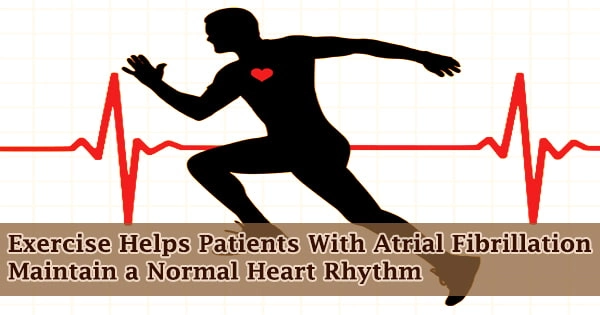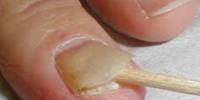According to late-breaking data presented at ESC Congress 2021, a six-month exercise program helps preserve the normal cardiac rhythm and lowers the intensity of symptoms in people with atrial fibrillation.
“The ACTIVE-AF trial demonstrates that some patients can control their arrhythmia through physical activity, without the need for complex interventions such as ablation or medications to keep their heart in normal rhythm,” said study author Dr. Adrian Elliott of the University of Adelaide, Australia.
The cardiac rhythm condition atrial fibrillation (AF) causes the heart to pulse rapidly and irregularly. Palpitations, shortness of breath, lightheadedness, and exhaustion are the most prevalent symptoms, and they can have a significant influence on one’s quality of life. Stroke and heart failure are substantial hazards for patients.
Although flexibility does not directly contribute to heart health, it is nonetheless significant because it offers a healthy foundation for more efficiently completing aerobic and muscular workouts.
Kerry J. Stewart, Ed.D
The global incidence of AF is quickly growing, with over 30 million people thought to have it, and the lifetime risk of the disease for adults over 55 might be as high as one in three. Although exercise-based rehabilitation is suggested for individuals with coronary artery disease and heart failure, few studies have looked at the advantages in people with AF.
Patients who improved their cardiorespiratory fitness over a five-year period were considerably less likely to suffer AF recurrences, according to observational research. A randomized controlled trial found that 12 weeks of aerobic interval training decreased the time spent in AF compared to normal therapy, however only 51 patients were recruited in the research, and the follow-up was just four weeks.
It’s also true that many forms of exercise are required to achieve total fitness. “Aerobic exercise and resistance training are the most important for heart health,” says Johns Hopkins exercise physiologist Kerry J. Stewart, Ed.D. “Although flexibility does not directly contribute to heart health, it is nonetheless significant because it offers a healthy foundation for more efficiently completing aerobic and muscular workouts.”
The ACTIVE-AF study looked at how a six-month exercise program combining supervised and home-based aerobic activity affected AF recurrence and symptom severity both during and after the intervention.
Patients with brief AF episodes (paroxysmal AF) or longer bouts needing intervention to restore normal rhythm were included in the research (persistent AF). Patients with persistent AF (abnormal cardiac rhythm that cannot be repaired) were excluded from the study.
For six months, 120 individuals with symptomatic AF were randomly assigned to either an exercise intervention or conventional therapy. The intervention comprised supervised exercise (weekly for three months, then fortnightly for three months) and a home-followed weekly schedule.
The goal was to increase aerobic activity to 3.5 hours per week over the course of six months. The intensity of supervised sessions was normally higher in order to improve cardiorespiratory fitness, whereas home-based exercise was usually a moderate-level aerobic activity of the patient’s choosing (e.g. walking, indoor cycling, swimming).
Exercise advice was given to the usual care group, but no active intervention was given. All patients were treated as usual by their cardiologist, who was unaware of the research group assignment.
The AF symptom severity score and the proportion of patients with recurrent AF at 12 months were the co-primary outcomes. Recurrent AF was defined as episodes lasting more than 30 seconds, necessitating ablation, or requiring anti-arrhythmic medication therapy on a long-term basis.
The patients in the research were on average 65 years old, with 43 percent of them being female. The AF recurrence rate in the exercise group (60%) was considerably lower than in the control group (80%) at 12 months, with a hazard ratio of 0.50 (95 percent confidence range 0.33-0.78; p=0.002).
Dr. Elliott said: “Put simply, this means a larger number of patients in the exercise group could maintain a normal heart rhythm without needing invasive interventions or continued use of drugs.”
In comparison to the control group, patients in the exercise group experienced a substantial reduction in the severity of their symptoms after 12 months. “This means that patients reported less severe palpitations, shortness of breath, and fatigue,” said Dr. Elliott.
He concluded: “Our study provides evidence that aerobic exercise should be incorporated into the treatment of patients with symptomatic AF. This should be done in addition to taking drugs as prescribed by a cardiologist and managing obesity, hypertension, and sleep apnoea. As a general guide, patients should strive to build up to 3.5 hours per week of aerobic exercise and incorporate some higher intensity activities to improve cardiorespiratory fitness.”
















